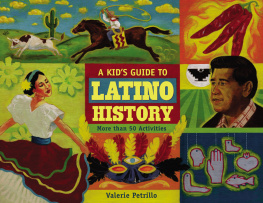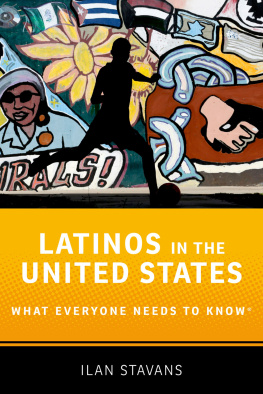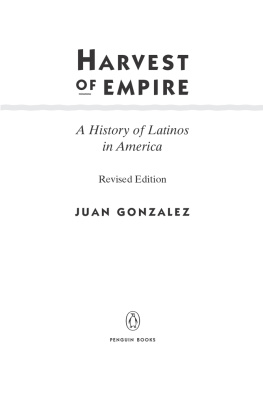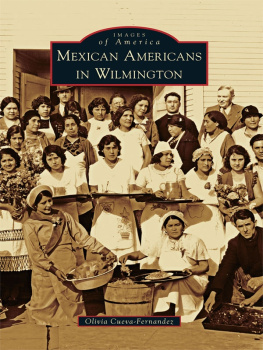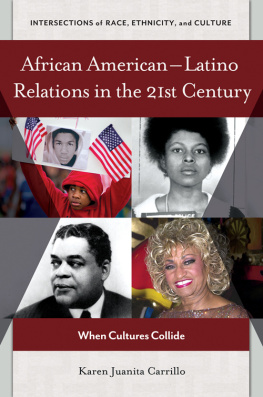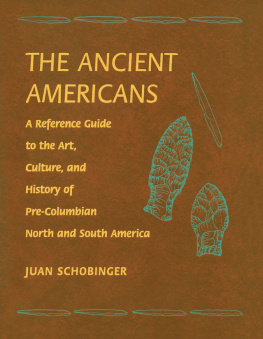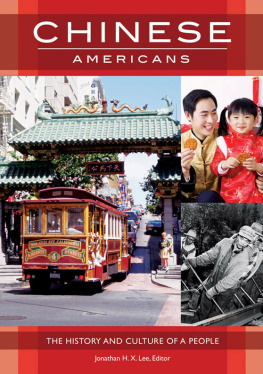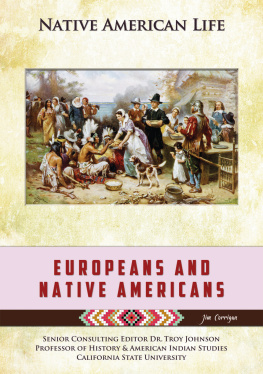
Library of Congress Cataloging-in-Publication Data
Petrillo, Valerie.
A kids guide to Latino history : more than 50 activities / Valerie Petrillo.
p. cm.
Includes bibliographical references.
ISBN-13: 978-1-55652-771-5
ISBN-10: 1-55652-771-3
1. Hispanic AmericansHistoryJuvenile literature. 2. Hispanic AmericansHistoryStudy and teachingActivity programsJuvenile literature. I. Title.
E184.S75P48 2009
973.0468dc22
2008040433
Interior design: Scott Rattray
Cover and interior illustrations: Gail Rattray
2009 by Valerie Petrillo
All rights reserved
Published by Chicago Review Press, Incorporated
814 North Franklin Street
Chicago, Illinois 60610
ISBN: 978-1-55652-771-5
Printed in the United States of America
5 4 3 2 1
To Noelle:
A bright, shiny penny
Sparkling with promise, full of life
You forever delight and surprise
Contents
Acknowledgments
S pecial thanks to my editors, Michelle Schoob and Linda Gray, for the tremendous amount of time and attention they devoted to helping me mold this book; Scott Rattray, who put together a great overall design, and Gail Rattray for her engaging drawings; and Cynthia Sherry for sharing my interest in bringing this subject into book form.
I also want to thank my dear family: Hank, Mike, Nick, and Noelle, and the many members of our extended families for all the love, interest, and support they have given me in my writing projects over the years.
Time Line
| 1492 | Christopher Columbus lands on San Salvador |
| 1494 | Columbus establishes La Isla Espaola on what is now called Hispaniola |
| 1509 | Ponce de Len founds the first Spanish colony in Puerto Rico |
| 1513 | Juan Ponce de Len discovers Florida |
| 1526 | Explorer Lucas Vazquez de Aylln establishes San Miguel de Gualdape |
| 1528 | Alvar Nuez Cabeza de Vaca embarks on a journey in the Southwest |
| 1539 | Hernando de Soto leads an expedition through the southern United States |
| 1540 | Francisco Vsquez de Coronado and his expedition explore the Southwest |
| 1565 | St. Augustine established on the east coast of Florida |
| 1598 | San Juan de los Caballeros established in New Mexico |
| 1680 | The Pueblo Revolt |
| 1690 | San Francisco de los Tejas established in Texas |
| 1769 | Father Junipero Serra builds the first California Mission |
| 1803 | The Louisiana Purchase |
| 1821 | United States purchases Florida from Spain |
| 1836 | Texas declares independence from Mexico |
| 1846 | California declares independence from Mexico Mexican-American War begins |
| 1848 | The Treaty of Guadalupe Hidalgo is signed between Mexico and the United States |
| 1898 | The United States wins the Spanish-American War Spain hands over Puerto Rico to the United States |
| 1914 | Panama Canal opens |
| 1942 | The Bracero program invites Mexican laborers to work in the United States |
| 1948 | Operation Bootstrap in Puerto Rico |
| 1952 | The Immigration and Nationality Act |
| 1952 | Puerto Rico declares itself to be an associated free state |
| 1960s | The first wave of South American immigrants comes to the United States |
| 1962 | Cuban Missile Crisis |
| 1962 | Cesar Chavez organizes the National Farm Workers Association |
| 1965 | The Immigration Act of 1965 |
| 1968 | The Bilingual Education Act |
| 1979 | Political turmoil and civil wars result in refugees from El Salvador, Guatemala, and Nicaragua |
| 1980 | Mariel Boatlift |
| 1986 | The Immigration Reform and Control Act |
| 1990s | Thousands of balseros (rafters) are allowed to leave Cuba |
| 1996 | Latino March on Washington |
| 2006 | A Day Without Immigrants National Boycott |
Introduction
D id you know that the first immigrants to live in what is now the United States were not the English settlers who lived in Jamestown in 1607 or the Pilgrims who settled in Plymouth in 1620, but the Spanish? The descendents of these first Spanish settlers, as well as immigrants from Mexico and the Spanish-speaking countries of Central America, South America, and the Caribbean, are collectively known as Latinos.
Latinos are a diverse, multiracial group of people whose ancestors include not only the Spanish but also the Native Americans, Africans, Europeans, and Asians who have inhabited these lands throughout the centuries. Latinos have played an important role in the development of the United States, and their accomplishments, ideals, customs, foods, language, music, art, literature, and fashions continue to transform and enrich American life. Today Latinos make up almost 15 percent of the U.S. populationand, as their own population increases, Latinos contributions, achievements, and influences are sure to have an even greater and more exciting impact in the United Statesand in the world at large.
In A Kids Guide to Latino History well explore the rich culture and remarkable history of Latinos in the United States through more than 50 hands-on activities. In chapter we will discover how Christopher Columbus and the Spanish conquistadors forever changed the course of history in the Americas by enslaving the native people and plundering their land for gold and riches. We will learn how the Columbian Exchange brought food, animals, goodsand diseasesfrom the Old World to the New World and back; enjoy a steaming cup of champurrado (an ancient Aztec drink sweetened with sugar brought by the Spanish); and create a Columbian buffet of Old World and New World foods.
In chapter we will walk in the shoes of the Spanish conquistadors, see the creation of the first Spanish settlements, witness the revolt of the Pueblo Indians in 1680, observe the establishment of the Catholic missions, and see how the Spanish helped the English colonists win a revolutionary war. Well also experience this era by creating a Native American ring and pin game, stringing chili peppers like a Spanish colonist, and making a medicine mans rattle that resembles the one the natives gave the explorer Cabeza de Vaca, who was lost in the wilderness of the Southwest for eight years!
Chapter discusses frontier life in the Mexican Southwest after Mexicos independence from Spain. We will travel the route of the Santa Fe Trail, observe the world of the Californio rancho, discover the legacies of the Mexican vaqueros, witness the battle of the Alamo in Texas, and learn how the Mexican-American War resulted in the Southwest becoming part of the United States. Try your hand at being a vaquero by throwing a lariat and designing your own cattle brand.
Next page
